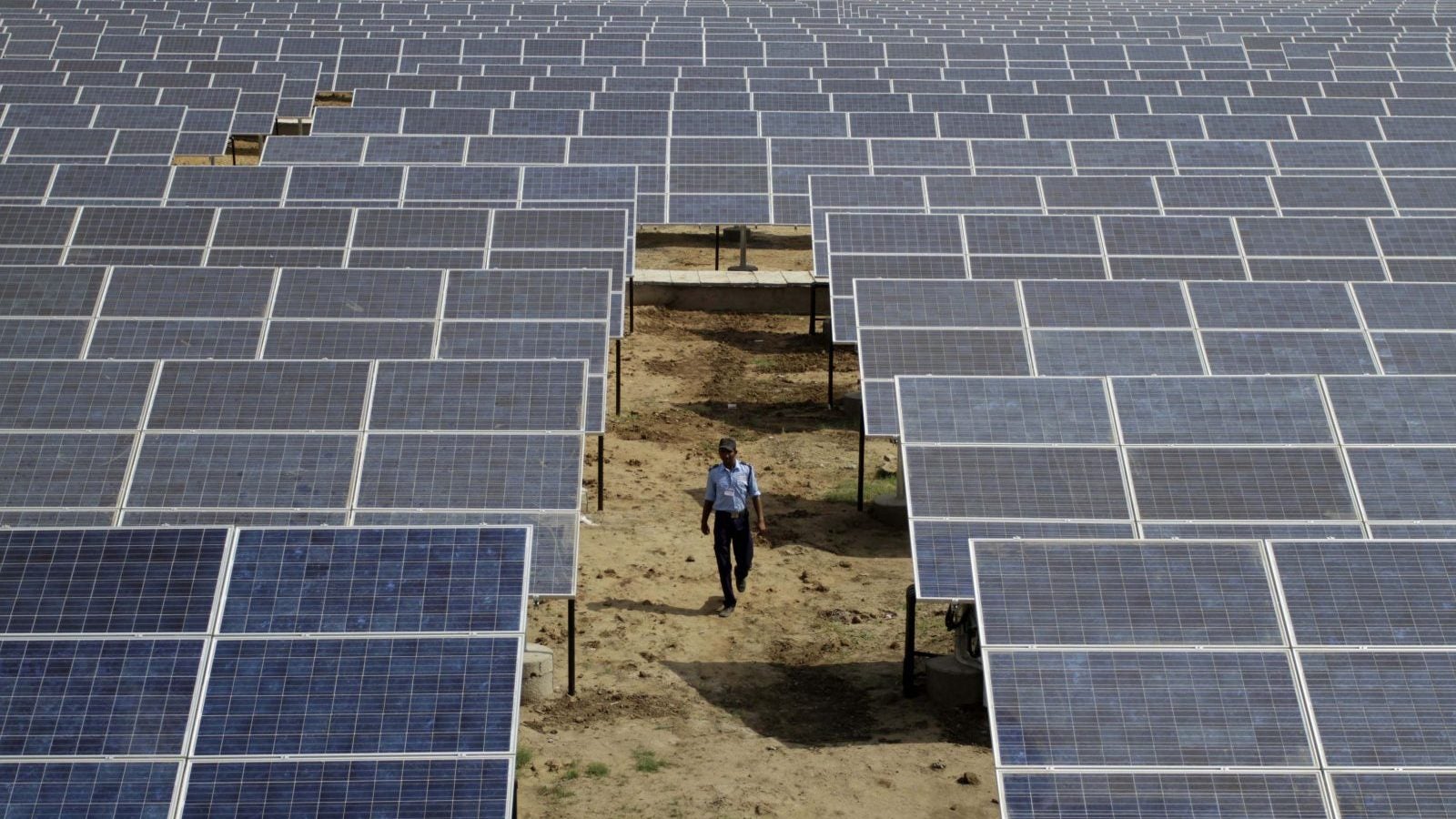India’s ruining its grand plans to become a solar powerhouse
The Indian government is undermining its own grand plans for the country’s solar power sector.


The Indian government is undermining its own grand plans for the country’s solar power sector.
India’s directorate general of safeguards (DGS), part of the ministry of finance, has proposed a 70% safeguard duty—imposed during import surges—on imported solar cells and modules in order to protect the local industry.
These are likely to jack up costs and add to the pressure on solar power projects, thwarting prime minister Narendra Modi’s plan to install 100 gigawatts of capacity by 2022. This setback comes just as the sector is bouncing back on to the growth track after battling a difficult year.
Besides, the government is also expected to introduce anti-dumping duties this year, an investigation for which is currently underway. Anti-dumping duties, unlike safeguard duties, are imposed when foreign players indulge in predatory pricing.
Indian solar cell and module manufacturers had petitioned the government seeking both kinds of duties to be imposed.
Once approved, the safeguard duty will be levied on products imported from all developed countries, besides China and Malaysia, which together account for 90% of the solar cells and modules used in India today.
Impact on the ground
“The tariff will go up to above Rs4 (from roughly Rs2.5 now). It could go up to Rs4.5 also. None of the state utilities and discoms (power distribution companies) will buy that power,” Sunil Jain, CEO of Hero Future Energies, a renewable power producer with 500 MW of installed capacity, told Quartz. “The government of India can come up with any tender it wants, it will get a price at which it will not be able to sell (the power).”
Moreover, this is not the only regulatory setback for the industry in recent months. “Coming after the moves to levy 7.5% import duty on modules, and GST (goods and services tax) ranging between 5% and 18% on various input costs, the recommendation (to impose safeguard duties) also betrays a lack of policy consistency and clarity in various government departments,” renewable energy consultancy Bridge to India (BTI) said in a note.
The biggest impact is likely to be on consumer demand. “The private market, both rooftop and open-access solar, is likely to be the worst-affected. Most end-consumers are in no hurry to build projects and would prefer to wait until there is complete clarity on duty decision and final costs are acceptable,” BTI added. “We believe this segment could see volumes declining by as much as 50% if duty exceeding 20% is imposed.”
The solar split
The DGS proposal has come a month after five Indian solar cell and module manufactures—Mundra Solar, Indosolar, Jupiter Solar, Websol Energy, and Helios—sought protection from rising imports of cheaper products. On behalf of these companies, the Indian Solar Manufacturers Association had filed a petition emphasising that they produce nearly half the solar cells and modules in the country.
Indian power producers may be able to offset some of the rise in cost if the government provides some exemption in duties—for instance, on products that have already arrived at Indian ports or those that have already been ordered, manufacturers clarify. “In terms of impact in power costs or on the industry, maybe there will be a slight bump for a bit, but it will quickly be mitigated as capacities come up,” HR Gupta, managing director of solar cell and panel maker Indosolar, told Quartz.
Analysts, meanwhile, believe that the latest ruling is based on a “very weak premise” that imports have hurt Indian manufacturers.
“That is self-evident but not, in itself, a reason to protect the domestic industry,” BTI said in the note. Authorities, it said, must look into why Indian manufacturers are struggling to compete with foreign players, and why they face higher costs. “It is a policy failure that, rather than addressing these substantive issues, the Indian government is proposing to create trade barriers to support domestic manufacturers,” the note added.
In fact, a ministry of new and renewable energy note last month said that the domestic sector was “not being fully exploited because of obsolete technology,” and admitted that the “price of solar equipment produced in the country is not competitive as compared to that of foreign manufacturers, especially Chinese manufacturers.”
The sector doesn’t have sufficient manufacturing capacity to meet the demand if imports are restricted, Jain pointed out. India’s solar cell manufacturing capacity is 3 GW, but there is no local manufacturing of the key input for the cells i.e. solar wafers and polysilicon. Ramping up capacities to meet these requirements will take at least a year, he added.